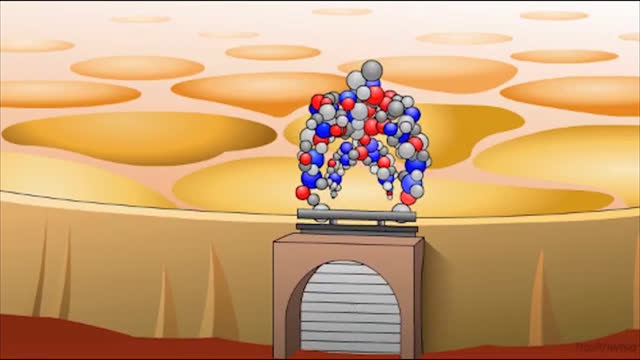Type 1 Diabetes in Children: Safe Exercise
Topic Overview
Children who take insulin are at risk of hypoglycemia during and after exercise. But with good planning and awareness, a child can exercise and participate in sports safely.
Good planning means checking blood sugars before, during, and after exercise. Then, you can keep a record of how exercise affects your child’s blood sugars. Remember that each child will react to exercise differently. But using your records, you can usually predict how your child will react to activity.
Use the following tips for exercising safely:
- Do not let your child exercise if blood sugar is over 250 mg/dL and ketones are present.
- If your child’s blood sugar is over 250 mg/dL before exercise, he or she may need to drink more fluids. Check your child’s blood sugar during the activity to be sure the level is lower.
- Make sure your child’s blood sugar is in the target range before exercise—to avoid low blood sugar.
- Make sure your child wears identification. Some children may prefer a temporary medical ID tattoo instead of a medical ID bracelet, especially when playing sports.
- Make sure your child drinks water so he or she does not get dehydrated.
- Talk with your child’s doctor about lowering the insulin dose that your child takes before exercise.
- Inject the insulin before exercise in a site other than the parts of the body your child will be using during exercise. For example, if your child will be running, do not inject insulin in the leg.
- Have some quick-sugar food (hard candy, fruit juice, honey) on hand at all times. You can also make sure your child’s coach carries quick-sugar foods.
- If your child’s blood sugar is below the target range before exercise, consider giving your child 15 grams of carbohydrate from quick-sugar food (hard candy, fruit juice, honey). If your child will be exercising very hard and for longer than 30 minutes, you may want to consider another 15 grams of carbohydrate from quick-sugar food. Younger children may need less carbohydrate from quick-sugar food.
- If your child plays in organized sports, give the coach a list of the symptoms of low blood sugar and instructions about what to do if it occurs.
- Watch for symptoms of low blood sugar for 12 hours after exercise, especially if it is a new activity.
- Your child may use a diluted (watered down) form of sports drink during activity to get fluids and sugars.
Current as of: April 16, 2019
Author: Healthwise Staff
Medical Review:John Pope, MD, MPH – Pediatrics & Adam Husney, MD – Family Medicine & Kathleen Romito, MD – Family Medicine & David C. W. Lau, MD, PhD, FRCPC – Endocrinology & Martin J. Gabica, MD – Family Medicine
This information does not replace the advice of a doctor. Healthwise, Incorporated, disclaims any warranty or liability for your use of this information. Your use of this information means that you agree to the Terms of Use. Learn how we develop our content.


